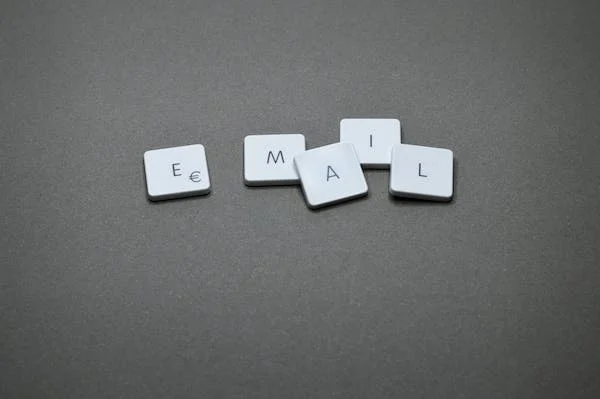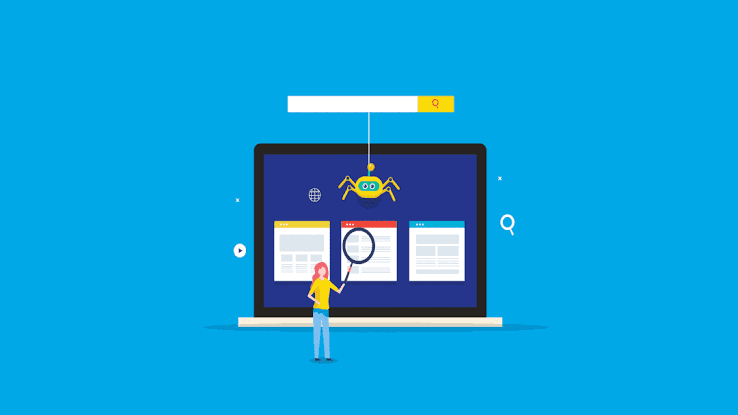For effective marketing, email marketing has become the most reliable source because it works in real-time and secures relevant data. But this tool has specific disadvantages of its own just like others. This study aims to identify mistakes that are common in email marketing strategies and emphasize on how to solve them. By identifying these mistakes, the pathway towards a successful email marketing campaign becomes clearer and more efficient.
1. Neglecting Mobile Optimization
With the modern world relying on their smartphones, it’s important to pay attention to how mobile-friendly your site is. An organization’s email content (which is the mode of communication between company and client) should be such that it catches the eye immediately and is well presented no matter what screen size it’s viewed on. In order to attract more mobile users, send out emails that are easily accessible on mobile phones, and provide a smooth user experience.
2. Overlooking Audience Segmentation
One certain way to push everyone away is to always use broad emails for everything. If you do not draw boundaries within your audience then you won’t be able to deliver some personalized custom content pieces for them. One should spend some time accessing their consumer’s requirements, and choices. Because emails can be personalized and modified at the receiver’s end, it fosters a level of immediate relevance. This is important in reframing consumer relationships and increasing operational conversions.
3. Bypassing A/B Testing
To transfer a ship to its destination where there is no compass is the same as starting a project without A/B testing. This through A/B testing we get to know about what kind of content will be resonated with the audience. By continuously improving your steps, you can change with variations and examine the performance output. A/B testing is the Ultimate way to optimize your email strategy for good results.
4. Ignoring Data Analytics
Analytics can’t be overlooked in digital marketing since it’s driven by data. We need to keep a constant check on open rates, click-through rates, and conversion rates. Through analytics, we can achieve three things: improved strategies, successful ideas, and areas where improvement is needed. Always use data to inform how you make decisions. This will ensure that your email marketing is continuously improving.
5. Disregarding Email Personalization
The trend of regular and common emails is long gone. Not personalizing your emails means that you miss out on various chances to interact. Use the data of the members, to customize what the subject line will be, and what type of content they will receive. In order to make your mail impactful, you should know the gangs of your audience and what preferences they have.
6. Failing to Build Trust
If users don’t find the content they are engaging with trustworthy, a digital creator will fail to keep them as a subscriber. There need to be three priorities which include that user data preferances must be within the guidelines of the GDPR. There shouldn’t be any spam, and there needs to be much transparency on what data is being used especially for small businesses. In order to buildup trust, one needs to communicate regularly (and clearly) through a secure email service. Everything that is promised must be fulfilled and one should be authentic in their communication. To make your email marketing and product selling effective; first establish a strong brand presence through which people can trust you.
7. Inconsistent Branding
Branding is an important part of your brand and it can create confusion if your emails are inconsistent with the same. Ensure that the logo, color schemes, and fonts revolve around a unified theme to guarantee coherence in your visual identity. When we are consistent in the branding of our business, it reminds the audience of our brand, and makes a strong connection with them. Make the brand message coherent and shared across all styles. Ensure that the users always remember by what they see from you.
8. Neglecting the Power of Testing
Not executing the process of testing, hinders your way for making required optimization such as in email campaigns. Check the compatibility of your email by testing it on different devices and browsers. Proofread through the links within to know they’re not broken and images are being displayed properly By testing we can prevent our email campaigns from failing and facing risks.
9. Overloading with Information
Long and detailed emails have higher chances of losing the interest of the receiver. Do not include too many details which are unnecessary and irrelevant for the email. Content within the email should be aligned with the main goal. It should be concise and to the point. The Call-to-Action buttons need to be clear and impacting. Information shared should be useful that will keep students engaged in the lecture.
10. Neglecting the Unsubscribe Option
Without unpredictable behavior and off-put moderators, the reputation of your account can easily diminish. In order to create an unsubscribe option that is efficient, you want to make sure that the recipients of your emails can easily find and use it. It is important to have a positive brand image that not only follows certain regulations. The process of un-subscription should not be complicated. It would make the audience feel less controlled if it is easy to navigate, building a better brand image.
Conclusion
The path to successful email marketing involves a vigilant awareness of common pitfalls and a proactive approach to avoiding them. By embracing mobile optimization, audience segmentation, A/B testing, data analytics, personalization, trust-building, consistent branding, testing, concise content, and transparent unsubscribe options, you can navigate the email marketing maze with confidence. Learn from mistakes, iterate on your strategies, and forge a path that leads to engaged subscribers, higher conversions, and a robust digital presence. Email marketing, when done right, becomes not just a channel for communication, but a conduit for building lasting relationships with your audience.



